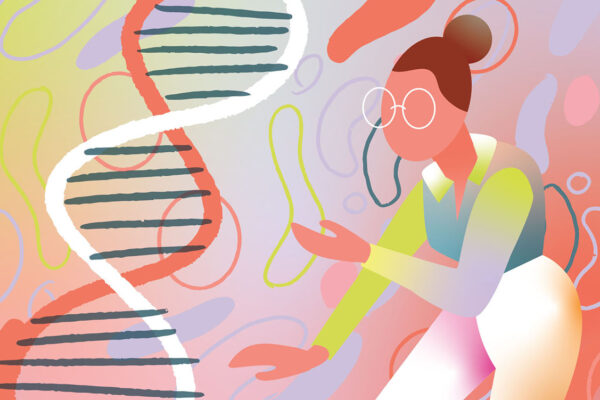“After the rains, poets may sing of rain-pearled lotus flowers and double rainbows; among the poor families if the adults fell ill, the whole family would starve. … The rain falls on the rich and the poor alike, it falls on the righteous and the unrighteous alike. But actually, the rain is not just at all, because it falls onto a world where there is no justice.”
– Lao She, “Camel Xiangzi,” 1937
The SARS-CoV-2 virus does not distinguish people’s skin color, educational attainments or the dollar amounts in their bank accounts. But, just as Lao She wrote almost 100 years ago, the virus fell onto an unequal world.
From the outbreak of the pandemic to now, the Social Policy Institute at Washington University (SPI) has administered a series of nationally representative surveys to explore the socioeconomic impacts of the pandemic on U.S. families. Through the survey series, we learned that
During the early stage of the pandemic, respondents of color were more vulnerable to the pandemic’s impacts than whites.
As the pandemic prolonged, white households began to experience heightened material hardships, making the overall impact for everyone more widespread.
Employment (2020)
At the early stage of the pandemic (May 2020), the impact on employment was relatively equal across racial/ethnic groups. Despite subtle disparities, the pandemic almost doubled the unemployment rates (either temporal or permanent) across racial/ethnic groups. The trends that followed, however, are striking. The unemployment rates of white respondents kept decreasing as the pandemic prolonged. In November, white respondents’ unemployment rate was almost back to the pre-pandemic level (10% in the pre-pandemic; 12% in November). Conversely, Black respondents experienced the highest unemployment rate in August (22%). The unemployment rate trends reveal that white employees were less affected by the pandemic shock than Blacks or Hispanics (the other two groups included in the study).
The varying resiliencies could be associated with job quality. Just prior to the pandemic, the Center for American Progress reported that “Black workers have fewer well-paying, stable jobs with decent benefits than white workers.”
Financial and material hardships
As the pandemic hit the U.S. job market, it negatively and disproportionately affected U.S. families’ household finances. To measure asset liquidity, we asked if survey respondents could afford to pay $400 for an emergency expense. The rate of the respondents who answered “no” kept increasing throughout the pandemic. Respondents of color have always exhibited higher, therefore worse, rates of lack of asset liquidity.
A recent study by SPI researchers empirically examines whether the pre-pandemic rate of asset liquidity can explain the disproportionate foreclosure/eviction risks between whites and Blacks. In August 2020, the peak of pandemic hardship experience,
Black (9%) and Hispanic (11%) respondents were twice as likely to be evicted/foreclosed on than white respondents (5%).
Black (31%) and Hispanic (32%) respondents were almost 1.5 times more likely to experience food insecurity than whites (22%).
The material hardship gaps across the racial/ethnic groups reduced in November but not because inequity issues had been resolved. Though Black and Hispanic respondents’ hardship levels subtly decreased in November, the driving factor of the smaller gap is white respondents’ rapidly increasing hardship level. In November, 44% of white respondents reported that their savings would last less than three months if their spending levels remained the same, compared to reports by Blacks (50%) and Hispanics (49%).
Conclusion
Whether Hurricane Katrina in 2005 or the housing market bubble burst a few years later, natural and economic crises have explicitly unveiled structural problems that have been hidden or neglected. As other crises did, the COVID-19 pandemic magnified racial (in)justice issues that our society had only subtly acknowledged before the pandemic. The COVID-19 virus initially hit everyone, regardless of race, ethnicity or bank account balance; however, the socioeconomic status of Black and Hispanic households was hit the hardest when the pandemic began. Now, as the pandemic is prolonged, we are observing that the damages are more widespread.


